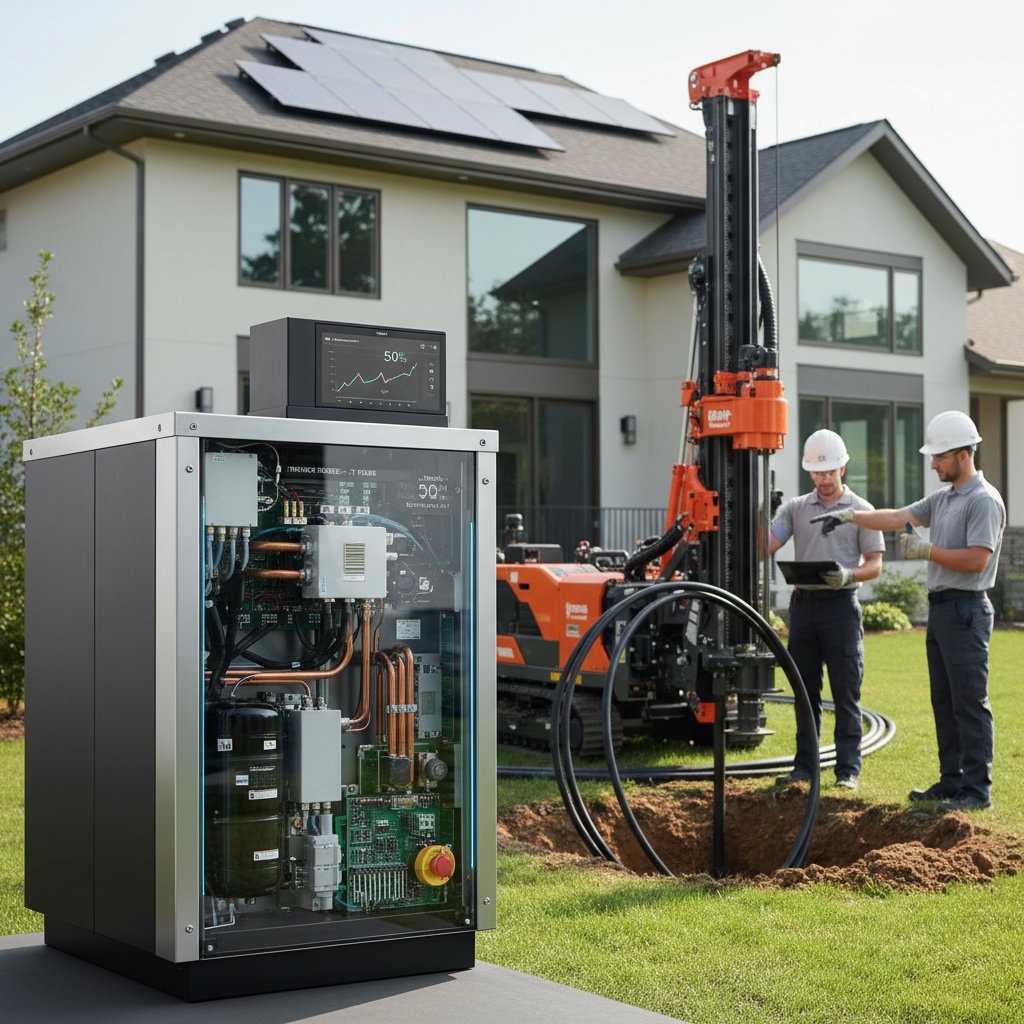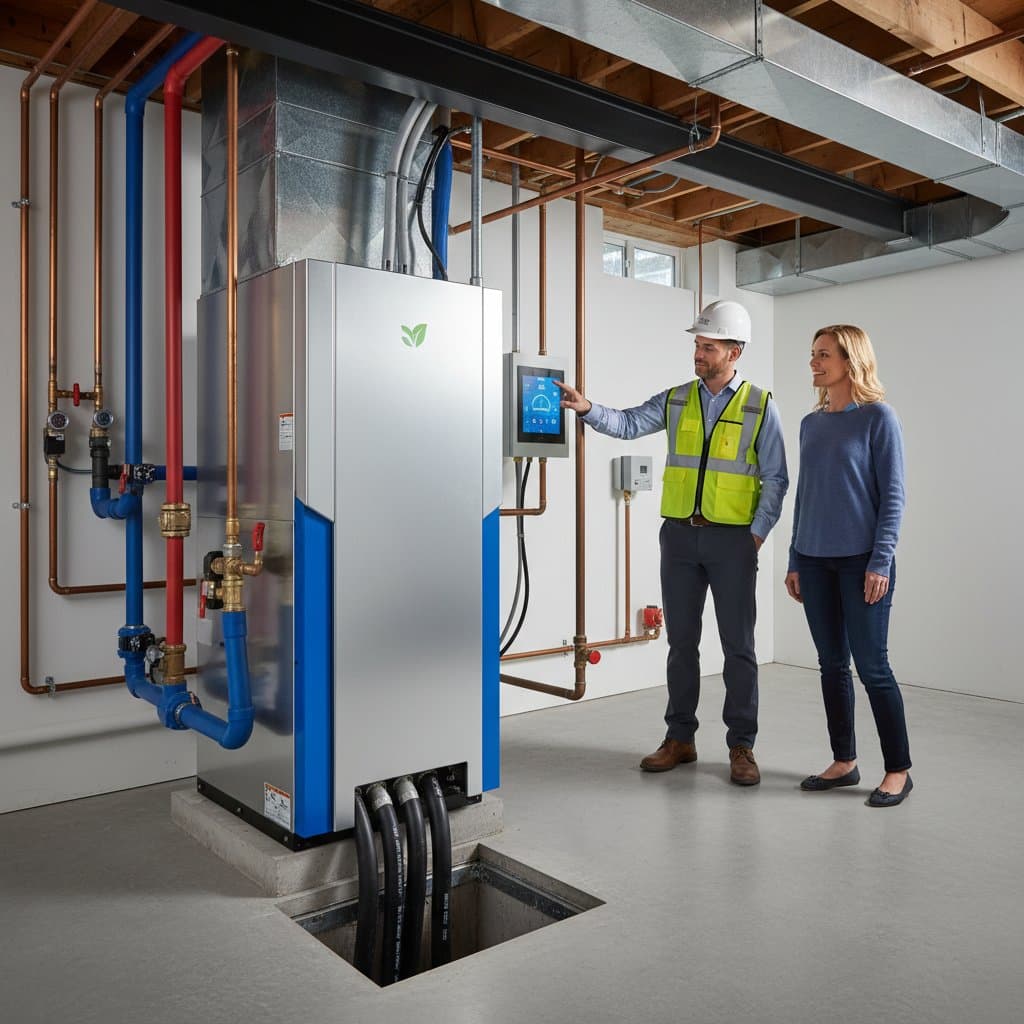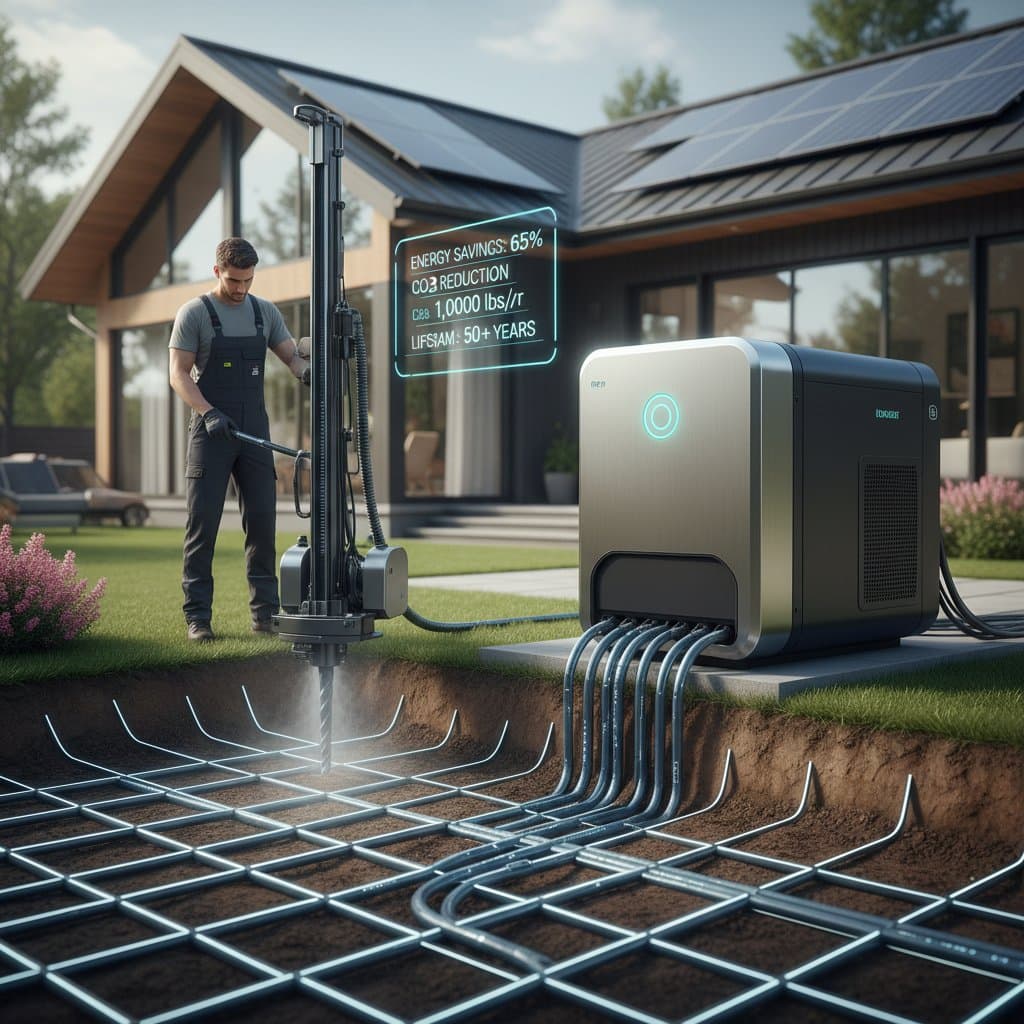Geothermal HVAC Costs Reduced by 50 Percent: Essential Insights
Homeowners and commercial property managers often wonder how geothermal heating and cooling systems have become half as expensive to install. This technology, available for decades, now benefits from advances in manufacturing, generous tax incentives, and efficient installation methods. These developments have transformed geothermal HVAC into an accessible option for a wider audience.
Core Advantages
- Installation expenses have decreased by approximately 50 percent, primarily through lower drilling costs and optimized equipment fabrication.
- Payback periods for residential installations have improved from over ten years to fewer than seven years in most cases.
- Energy efficiency stands out, as geothermal systems consume up to 70 percent less energy than traditional HVAC setups.
- Federal and state incentives further lower initial outlays, broadening appeal to diverse property owners.
- Ongoing savings and boosts to property values enhance the overall investment return.
Breaking Down the Costs: Projections for Property Owners
Geothermal HVAC represents a significant investment, even after recent price drops. For an average-sized home, expect to pay between eight thousand and fourteen thousand dollars after applying incentives, influenced by factors such as soil type, regional climate, and square footage. Prior to these reductions, comparable systems frequently surpassed twenty thousand dollars.
Operational savings amplify the value. Geothermal units transfer heat from the ground, achieving efficiencies of 300 to 500 percent, far surpassing the 95 percent maximum of advanced gas furnaces. This results in heating and cooling bill reductions of 40 to 70 percent each year.
Comparative Analysis of Systems
| System Type | Average Installation Cost | Annual Energy Savings | Typical Payback Period |
|---|---|---|---|
| Standard Air-Source Heat Pump | Seven thousand to ten thousand dollars | 25 percent | Ten to twelve years |
| High-Efficiency Furnace + AC | Ten thousand to twelve thousand dollars | None | Not applicable |
| Ground-Source Heat Pump | Eight thousand to fourteen thousand dollars (post-incentives) | 50 to 70 percent | Five to seven years |
This comparison highlights how geothermal's superior efficiency quickly recovers the upfront expense. The shortened payback stems from both decreased installation prices and lower energy demands.
Advantages for the Environment and Daily Comfort
Geothermal systems offer substantial environmental gains by leveraging the earth's constant temperature to exchange heat, thereby reducing reliance on fossil fuels. According to the U.S. Environmental Protection Agency, these installations can decrease carbon emissions by over 40 percent relative to conventional HVAC.
Comfort levels improve markedly as well. Geothermal heat pumps deliver uniform heating and cooling, unaffected by extreme outdoor conditions that challenge air-source alternatives. This reliability prevents temperature inconsistencies often experienced with older systems.
Users frequently note enhancements in indoor air quality following installation. The sealed-loop design runs silently, avoids combustion byproducts, and stabilizes humidity. Such improvements in health and livability strengthen the case for adoption.
Implications for Residential and Commercial Projects
For new constructions or HVAC replacements, include geothermal in your evaluation process. Builders indicate that drilling costs per foot have declined enough to position ground-source heat pumps on par with premium air-source options.
Retrofitting requires assessing site suitability, particularly land availability for loops. Properties with adequate yard space or proximity to drillable areas can integrate vertical loops with minimal landscape changes. In new subdivisions, developers increasingly opt for communal ground loops to distribute costs across multiple units.
Commercial applications yield similar gains. Facilities like schools, shopping centers, and offices, previously deterred by high prices, now install systems at reduced rates. Annual operating cost decreases often reach 20 percent, ensuring reliable financial benefits over time.
Steps to Adopt Geothermal HVAC
With declining prices and rising interest, geothermal technology suits everyday homes and operations, not just high-end estates. It provides a viable path to efficiency, reliability, and sustainability.
Schedule consultations for upcoming projects to secure current incentives. Analyze full lifecycle expenses, including energy reductions, to gauge impacts on long-term budgets. This shift in geothermal affordability underscores evolving priorities in energy use, living standards, and ecological stewardship.










